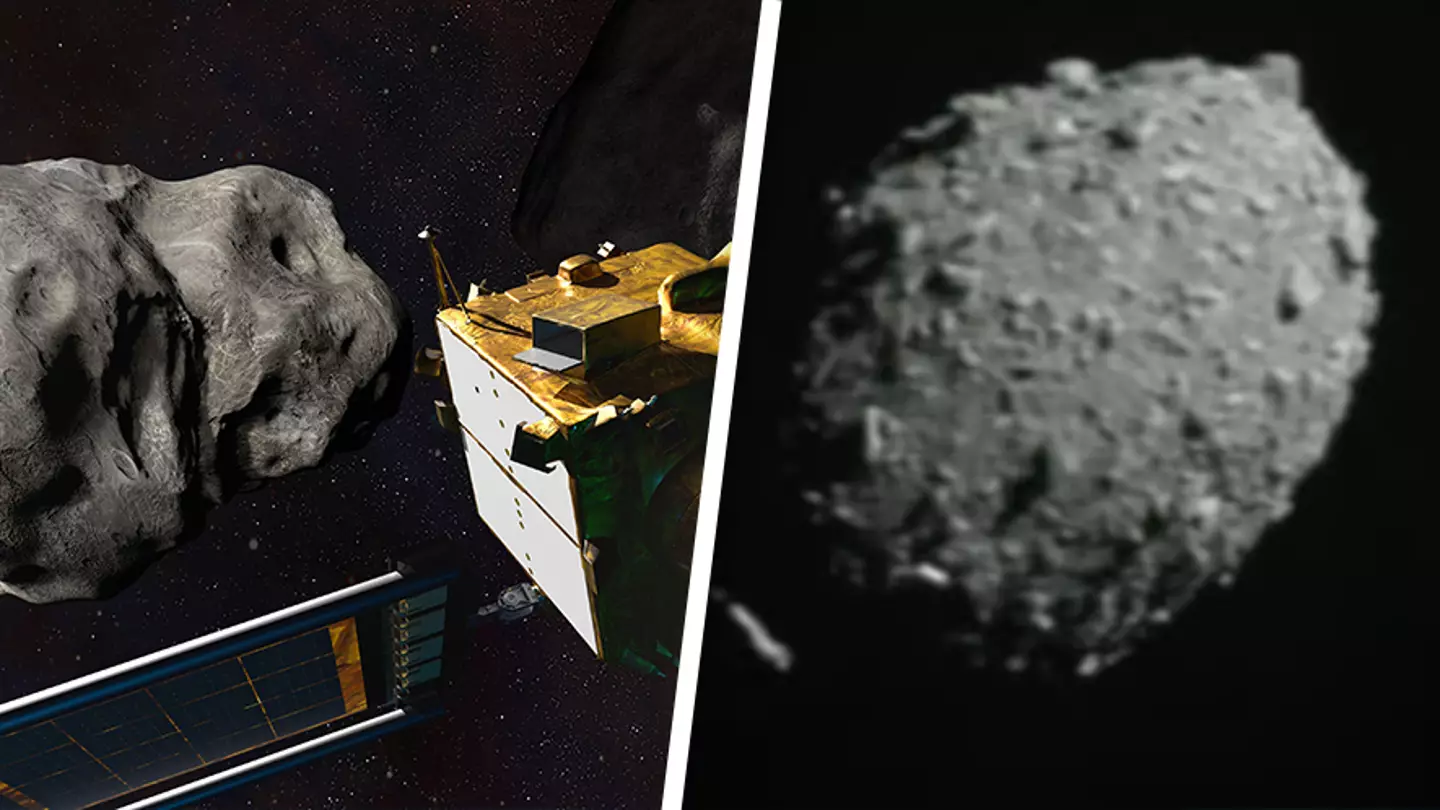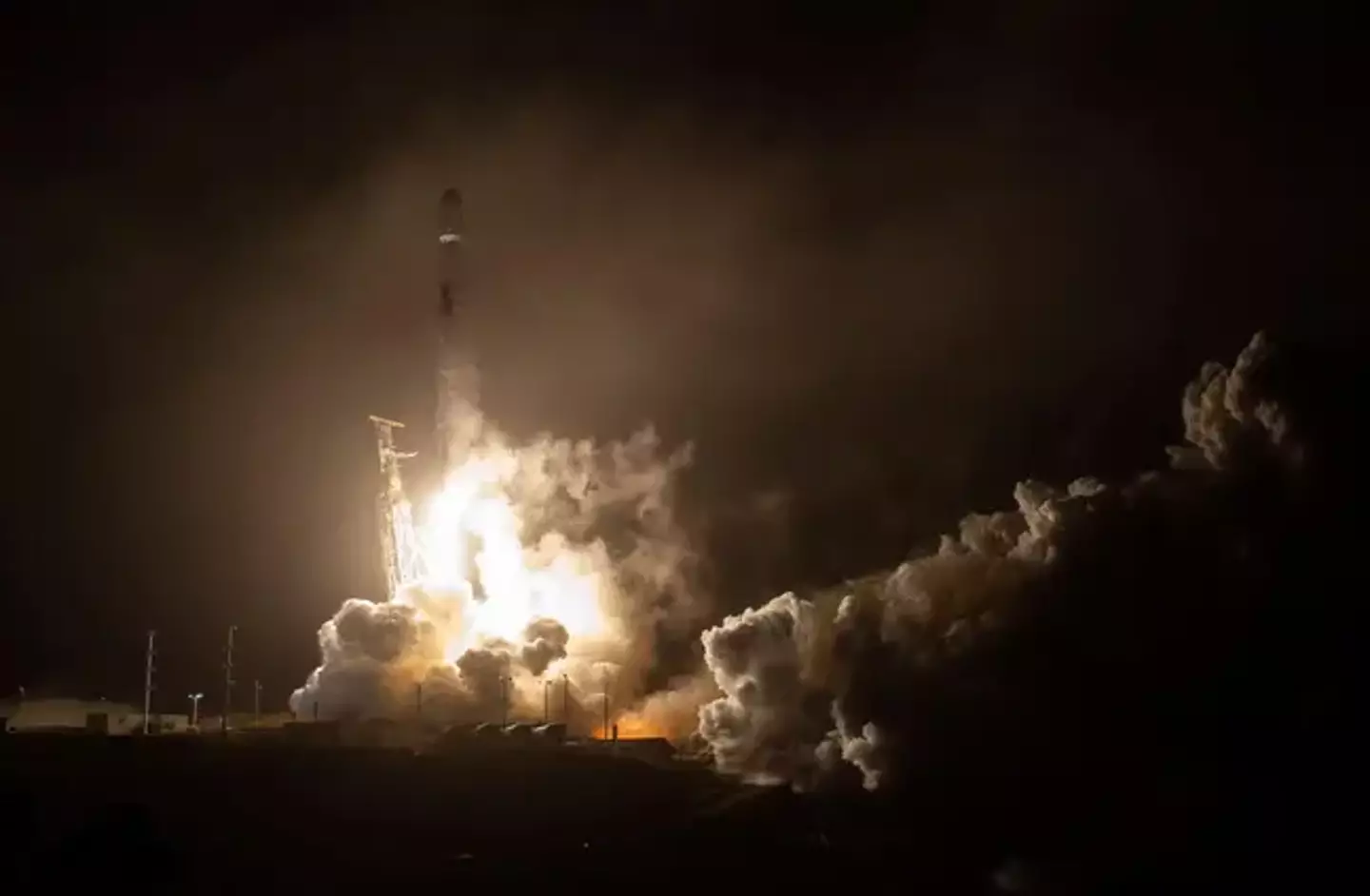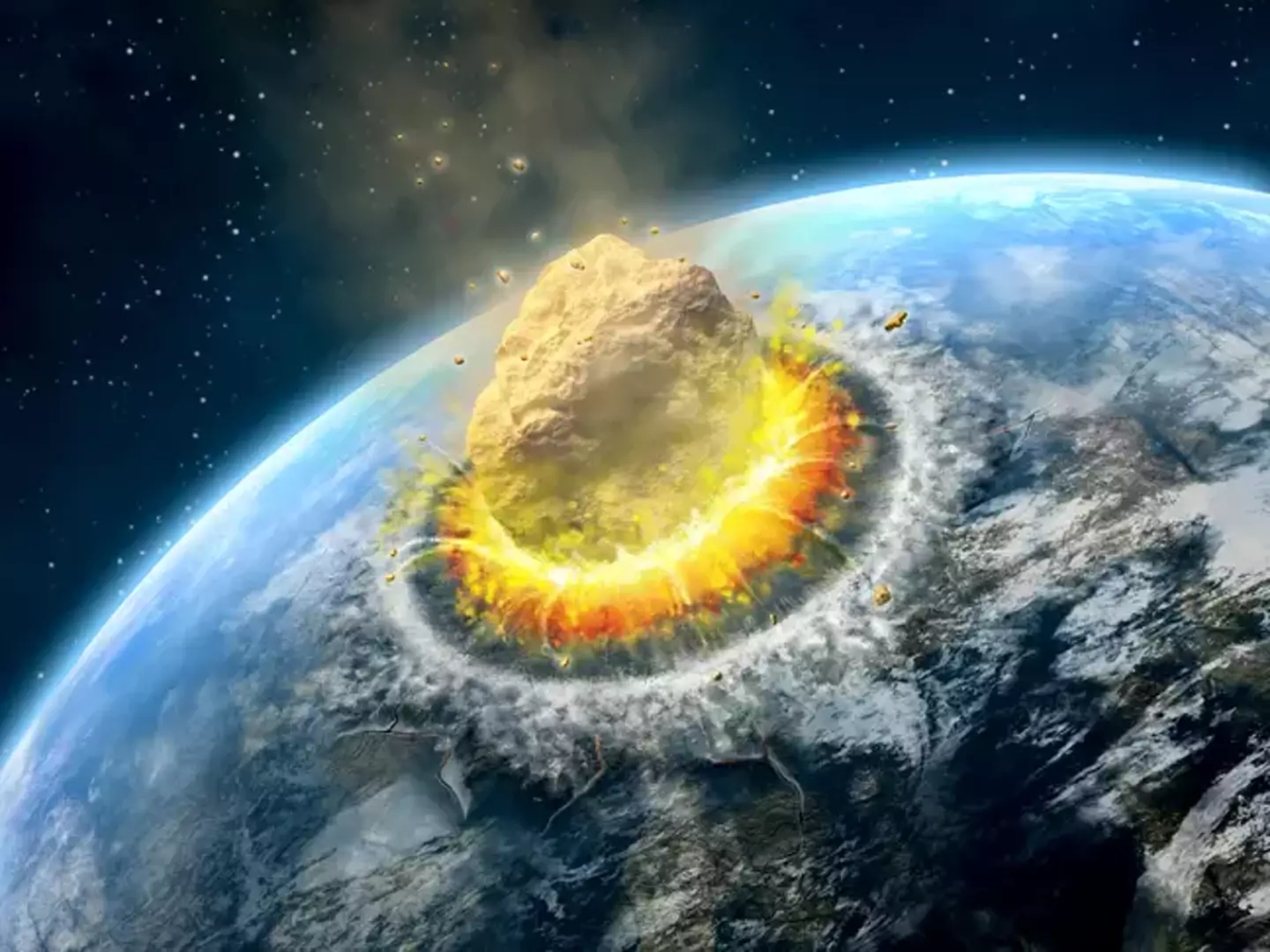

NASA has officially confirmed its mission to redirect an asteroid has been a massive successful.
The potentially Earth-saving test run took place on September 26, with NASA purposely colliding the Double Asteroid Redirect Test (DART) spacecraft into the celestial rock at a casual speed of 15,000mph.
It was designed as a test to see if earthlings could actually move a celestial object if it was going to pose a threat to us.
Advert
NASA has now confirmed that DART successfully deflected the asteroid's trajectory.
NASA Administrator Bill Nelson said that the successful mission proves that the space agency is gearing up for whatever the universe throws at Earth in the future.
"All of us have a responsibility to protect our home planet. After all, it’s the only one we have," Nelson said via a statement.


Advert
Nelson added: "NASA has proven we are serious as a defender of the planet.
"This is a watershed moment for planetary defence and all of humanity, demonstrating commitment from NASA's exceptional team and partners from around the world."
The team working on the DART project have been analysing data in the last fortnight to better understand their spacecraft's kinetic impact with the target asteroid, Dimorphos.
Prior to the spacecraft's impact, it took the asteroid 11 hours and 55 minutes to orbit its big mumma asteroid, Didymos.
Advert
Since DART collided with the asteroid, astronomers have been madly peering through telescopes to measure how that figure has changed.
NASA has confirmed the collision impact altered the asteroid’s orbit around its parent space rock by 32 minutes, shortening the 11 hour and 55-minute orbit to 11 hours and 23 minutes.


This, therefore, indicates that NASA has successfully altered the asteroid’s orbit.
Advert
This marks humanity’s first time purposely changing the motion of a celestial object and the first full-scale demonstration of asteroid deflection technology.
But if the mission had been a failure there was no reason to fret. NASA reiterated earlier this month that the 'asteroid posed no threat to Earth'.
Phew.
Speaking to USA TODAY in 2021, NASA revealed the mission was aimed at slightly repositioning Dimorphos in its space orbit rather than destroying it.
Advert
Lead coordinator for DART Nancy Chabot said the results of the mission may one day save humankind.
"You would just give this asteroid a small nudge, which would add up to a big change in its future position, and then the asteroid and Earth wouldn't be on the collision course," she said.
So, if we ever need something akin to the storyline of Armageddon to save us we can now officially say that the science has officially been proven.
